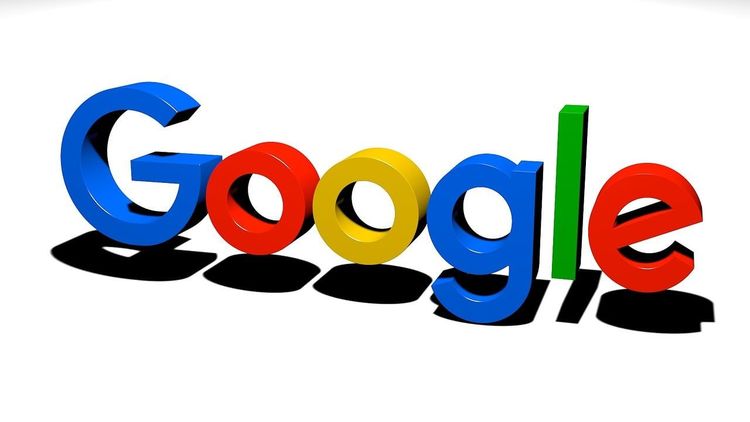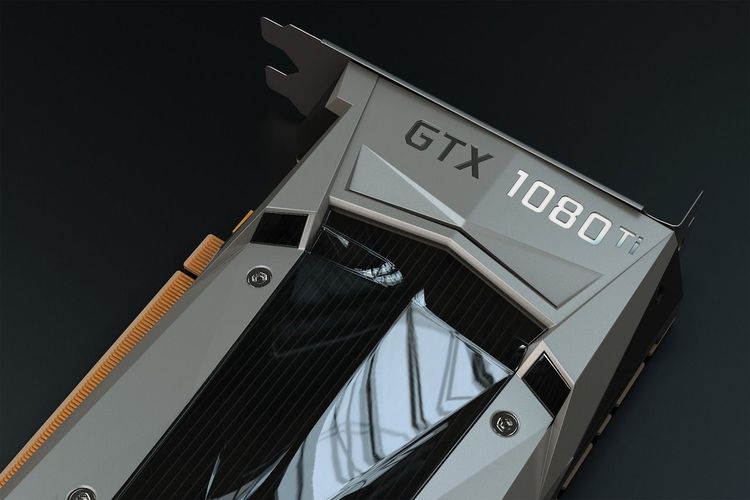In the video, a lively crowd erupts with cheers at a packed summer music festival. As the beat pours through the speakers, the performer makes a grand entrance: it’s the Joker. Dressed in his iconic red suit, with vibrant green hair and signature face paint, the Joker energetically pumps his fist and dances across the stage, eagerly engaging with his sea of fans. When it’s time to rap, he flexes his knees and springs into the air, effortlessly bouncing while completing a stylish 360-degree spin on one foot. It looks seamless, yet trying that move would likely lead to a spectacular faceplant. The Joker has never looked cooler.
In a different video, NBA All-Star Joel Embiid swaggers onto the stage and perfectly mimics those same dance moves. Following him is "Curb Your Enthusiasm" star Larry David. However, there is an unsettling aspect to each of these scenes—regardless of whether it’s the Joker, Embiid, or David—the performers' bodies appear shaky and their facial expressions remain unchanged.
Of course, all of this is produced by AI, thanks to the innovative company Viggle.
The original video features rapper Lil Yachty making a splash at the Summer Smash Festival in 2021. According to a YouTube video titled “the HARDEST walk out EVER,” this entrance has captivated over 6.5 million viewers. This video sparked a meme trend in April, with users inserting various celebrities—or even notorious figures like Sam Bankman-Fried—into Lil Yachty's iconic moment.
Text-to-video AI technology is advancing rapidly, but you can’t just type “Sam Bankman-Fried as Lil Yachty at the 2021 Summer Smash” and expect Sora to get it right. Viggle operates differently.
On Viggle’s Discord server, users upload a clip of someone performing a dance, often from TikTok, along with a photo of a person they wish to feature. Viggle then generates a video where that person replicates the movements from the original video. While the result is undeniably entertaining, the artificial nature of these videos is evident. Following the viral Lil Yachty meme, Viggle has experienced significant popularity, and the trend continues to grow.
“We’re focused on developing what we call the controllable video generation model,” said Viggle founder Hang Chu. “When we create content, we want to precisely direct how the character moves or the overall scene looks. Current tools prioritize text-to-video generation, but simply inputting text often doesn’t communicate the needed visual details.”
Chu explains that Viggle caters to two main user groups—meme creators and professionals using the platform for game design and visual effects production.
“For instance, a team of animation engineers can turn concept designs into quick, rough animation assets in no time,” Chu elaborated. “This allows them to visualize how their ideas will look without the time-consuming manual setup, which traditionally takes days or even weeks. With Viggle, that process becomes instant and automated, saving considerable time on repetitive tasks.”
In March, Viggle’s Discord community had a few thousand members. By mid-May, membership surged to 1.8 million, and with June approaching, the server has exceeded 3 million members, making it larger than those for popular games like Valorant and Genshin Impact combined.
Viggle's rapid growth shows no indication of slowing, though increasing demand for video generation has led to extended wait times for eager users. The platform’s tight-knit relationship with Discord has provided vital support as Viggle navigates its growth phase.
“Many startups aren’t prepared for such rapid expansion,” said Discord’s VP of Product Ben Shanken. “During this viral period, we assist them because they often need our infrastructure to handle the influx of messages, especially as both Viggle and Midjourney are heavily utilized on Discord.”
For emerging platforms like Viggle and Midjourney, relying on Discord alleviates the need to build a separate infrastructure, as they benefit from an engaged, tech-savvy audience and established content moderation tools. This support is essential for Viggle, which operates with just 15 employees.
“We can concentrate on refining our model as a back-end service, while Discord manages the front-end infrastructure, allowing us to iterate more rapidly,” Chu noted.
Before founding Viggle, Chu was an AI researcher at Autodesk and gained experience with tech giants like Facebook, Nvidia, and Google.
Discord’s role as an informal SaaS platform for AI startups has its challenges. While these applications introduce new users to Discord, managing the substantial video content poses technical difficulties. This is particularly true as users engage in various activities like live streaming games and video chats. However, without a platform like Discord, these startups might struggle to keep pace with their current level of growth.
“Scaling requires careful attention, and while it’s not simple for any company, Discord is structured to handle this type of rapid expansion,” Shanken explained.
Though companies can adhere to Discord’s content guidelines, ensuring compliance among over 3 million users remains a challenge. Even the clever Lil Yachty memes created on Viggle technically infringe the guidelines, which discourage generating images of real individuals—including celebrities—without consent.
For now, Viggle’s saving grace may lie in the fact that its output isn’t entirely realistic. While the technology is impressive, a touch of absurdity reminds us that the uncanny Joker animation is far from reality, and that makes it all the more entertaining.







